
1
PHYSIOLOGY
Dr. Basim Mohamad Awan
Lecture 22
(THE ELECTROENCEPHALOGRAM (EEG) )
The EEG is a record of the spontaneous brain electric activity in
conscious subjects. If the electrodes are placed directly on the cortical
surface, the record is called the electrocortiocogram. However, they
are routinely placed on the scalp, and the waves are conducted
through the meninges, skull and scalp (so they normally have low
amplitude). Recording of the human EEG may be achieved through
applying unipolar or bipolar leads.
4 main types of waves are usually recorded.
1. Alpha Waves: These waves are the dominant waves recorded in
conscious adults during rest, while they are relaxed and their eyes
closed. Their voltage is about 50 microvolt's (mV), and is most
probably produced by activity of the nonspecific thalamic nuclei. The
frequency of the alpha (or Berger's) rhythm is 8-12 Hz (cycles/ second)
and is most marked in the accipital and parietal regions.
2. Beta waves: These waves have the lowest voltage, and are
recorded in infants and during brain activity and increased tension in
adults. The frequency of the beta rhythm is 18-30Hz, and is most
marked in the frontal region
3. Theta waves: Thee waves have a higher voltage than the alpha
waves, and are recorded in children and during emotional stress in
some adults, as well as during light sleep. The frequency of the theta
rhythm is 4-7 Hz, and is most marked in the temporal and parietal
regions.
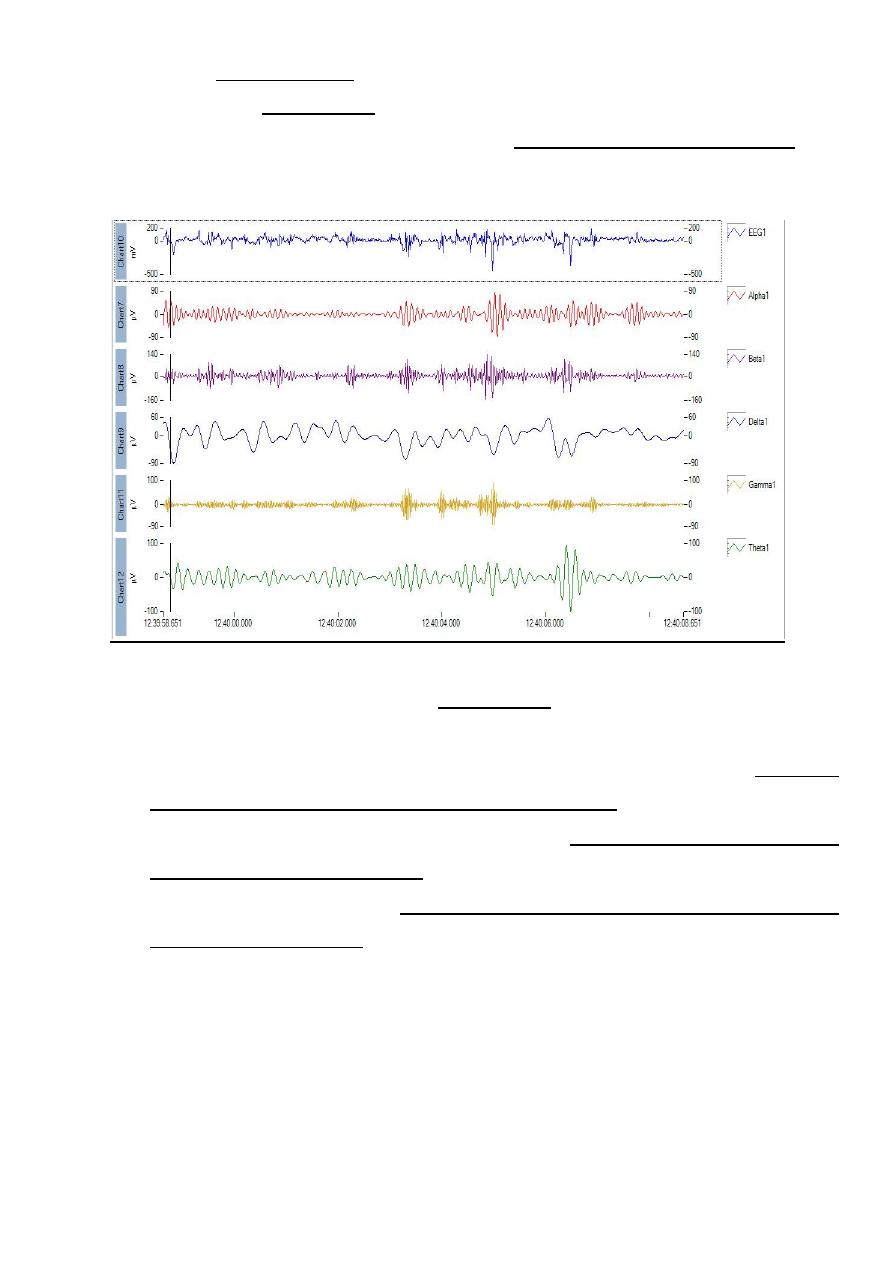
2
4. Delta Waves: These waves have the highest voltage and lowest
frequency (0.5 - 4 Hz ), and are recorded in young infants and during
deep sleep. They originate from the cortical neurons themselves (i.e.
they are independent of the activity of the lower brain centers)
EEG waves
Other waves may be recorded in certain conditions e.g.the lambda
waves in occipital area during visual attention)
The frequency of the waves is generally inversely proportionate to
their amplitude ( voltage ) .
Recording of the EEG is a non-invasive technique for investigating the
functions of the brain. For proper recording , the room should be calm
and at a comfortable temperature , and the subject should be (a)
Fasting (b) In complete physical and mental rest (c) Unanaesthetized
with closed eyes.
EEG VARIATIONS

3
1. Effect of age : In young infants there is generalized beta-like activity ,
but slow delta waves are recorded in the occipital region. The latter are
replaced by theta waves during childhood, and then the adult alpha
rhythm gradually appears during adolescence.
2. Metabolic effects : The frequency of the alpha rhythm is decreased by
hypoglycemia, hypothermia and when the PCO
2
is increased.
Hyperventilation (which decreases the PCO
2
) sometimes evokes EEG
abnormalities (e.g. in epilepsy).
THE AROUSAL OR ALERTING REPONSE
This is an EEG response that occurs when the subject becomes alert (e.g.
on opening his eyes or when solving a mathematical problem). The
synchronized alpha rhythm is replaced by rapid irregular low-voltage
beta waves. It represents breaking up of synchronized neuronal alpha
activity, so it I also called alpha block or desychronization. Such
response is reversible (so if the eyes are closed again, the alpha rhythm
is resumed). It is due to stimulation of the ascending reticular activating
system. Such system is also stimulated by corticofugal fibers (which
provide a pathway through which intracortical events can initiate
arousal e.g. during emotion).
CLINICAL SIGHNIFICANCE OF THE EEG
1. It helps in determining the sites of focal pathological processes in the
brain e.g. the sites of tumours (in which the EEG waves are
distorted) or the sites of fluid collection e.g. a subdural haematoma
(in which the EEG waves are damped).
2. It helps differential diagnosis of certain brain diseases, particularly
grand mal and petit mal epilepsy (each causes characteristic EEG
changes).

4
What Is a Seizure and What Is Epilepsy?
Seizures (abnormal movements or behavior due to unusual electrical activity
in the
. But not all people who appear to
have seizures have epilepsy; epilepsy is a group of related disorders
characterized by a tendency for recurrent seizures.
(called pseudoseizures) are not accompanied by
abnormal electrical activity in the brain and may be caused by psychological
. However, non-epileptic seizures look like true seizures,
which make diagnosis more difficult. Normal EEG readings and lack of
response to epileptic drugs are two clues they are not true epileptic
seizures. These types of seizure may be treated with psychiatric
medications.
Provoked seizures are single seizures that may occur as the result of
(hypoglycemia), low blood sodium,
, or
alcohol or drug abuse. Fever-related (or febrile) seizures may occur during
infancy but are usually outgrown by age 6. After a careful evaluation to
estimate the risk of recurrence, patients who suffer a single seizure may not
need treatment.
Seizure disorder is a general term used to describe any condition in which
seizures may be a symptom. Seizure disorder is a general term that it is
often used in place of the term 'epilepsy.'
Who Is Affected by Epilepsy?

5
Epilepsy is a relatively common condition, affecting 0.5% to 1% of the
population. In the United States, about 2.5 million people have epilepsy and
about 9% of Americans will have at least one seizure in their lifetimes.
What Causes Epilepsy?
Epilepsy occurs as a result of abnormal electrical activity originating in the
brain. Brain cells communicate by sending electrical signals in an orderly
pattern. In epilepsy, these electrical signals become abnormal, giving rise to
an "electrical storm" that produces seizures. These storms may be within a
specific part of the brain or be generalized, depending on the type of
epilepsy.
Types of Epilepsy
Patients with epilepsy may experience more than one seizure type. This is
because seizures are only symptoms. Therefore, it is essential that your
neurologist
you are having.
How Is Epilepsy Treated?
The majority of epileptic seizures are controlled through
. Diet
In certain cases in which medications and diet are not working,
prescribed will depend on several factors,
including the frequency and severity of the seizures, as well as the person's
age, overall health, and medical history.

6
diagnosis of the type of epilepsy
is also critical to choosing the
best treatment.
Coping With Epilepsy
Educational, social, and psychological treatment are all part of the total
treatment plan for epilepsy. The most important step you can take is to seek
help as soon as you feel less able to cope. Epilepsy is best managed by a
team of doctors that can provide medical, psycho-social and educational
support. If you have a problem with school, work, finances, relationships, or
daily activities, it is important for you to discuss it with a member of the
epilepsy team.
Taking action early will enable you to understand and deal with the many
effects of epilepsy. Learning to
positive physical, emotional, and spiritual outlook on life.
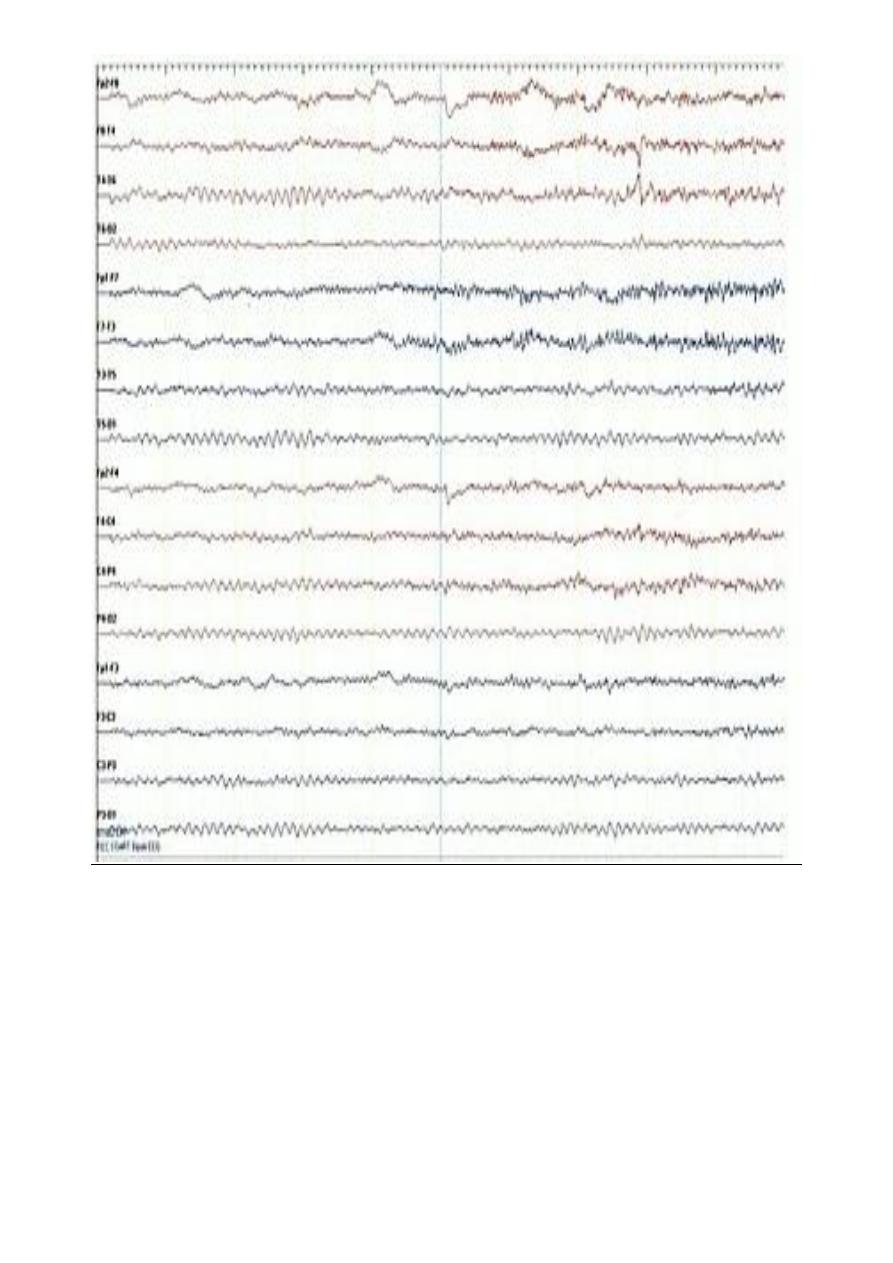
7
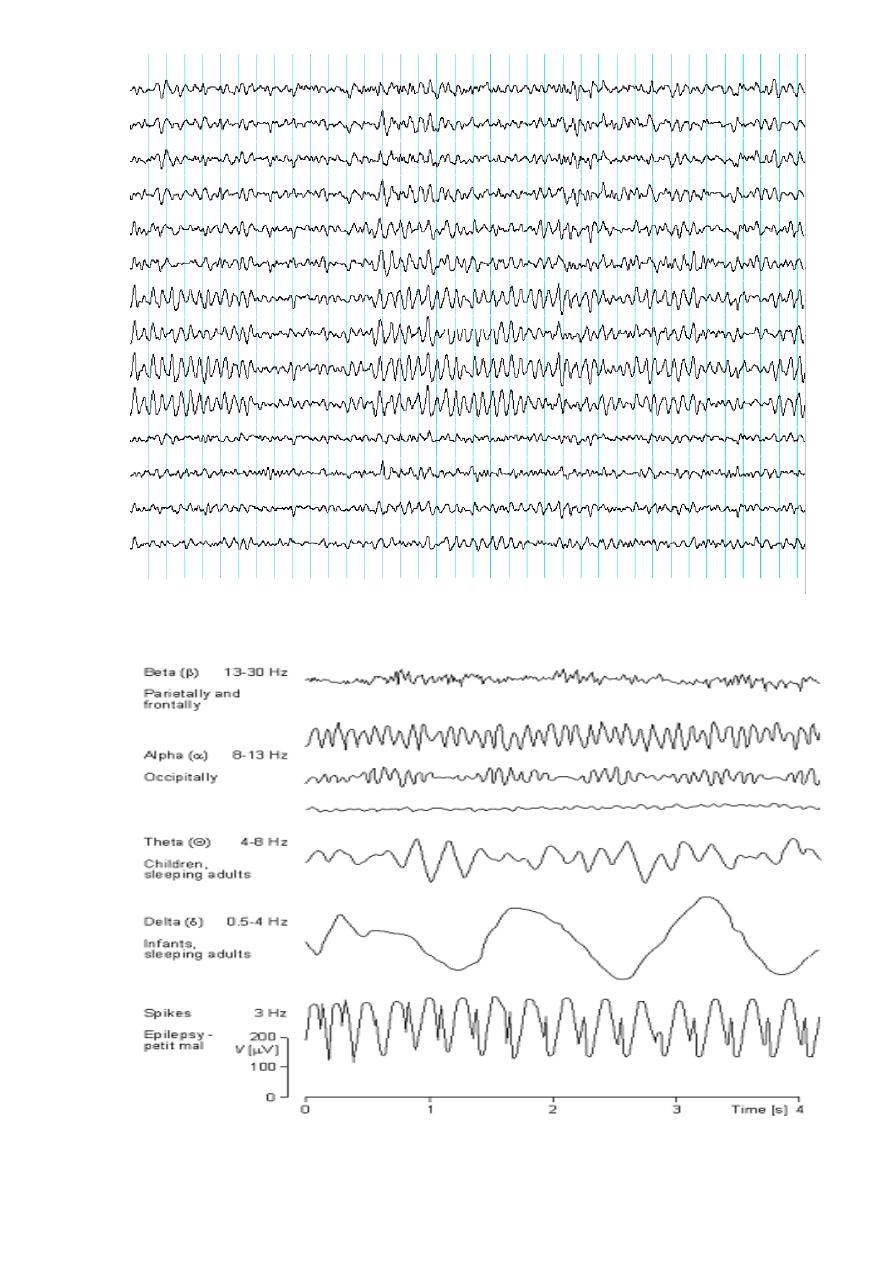
8
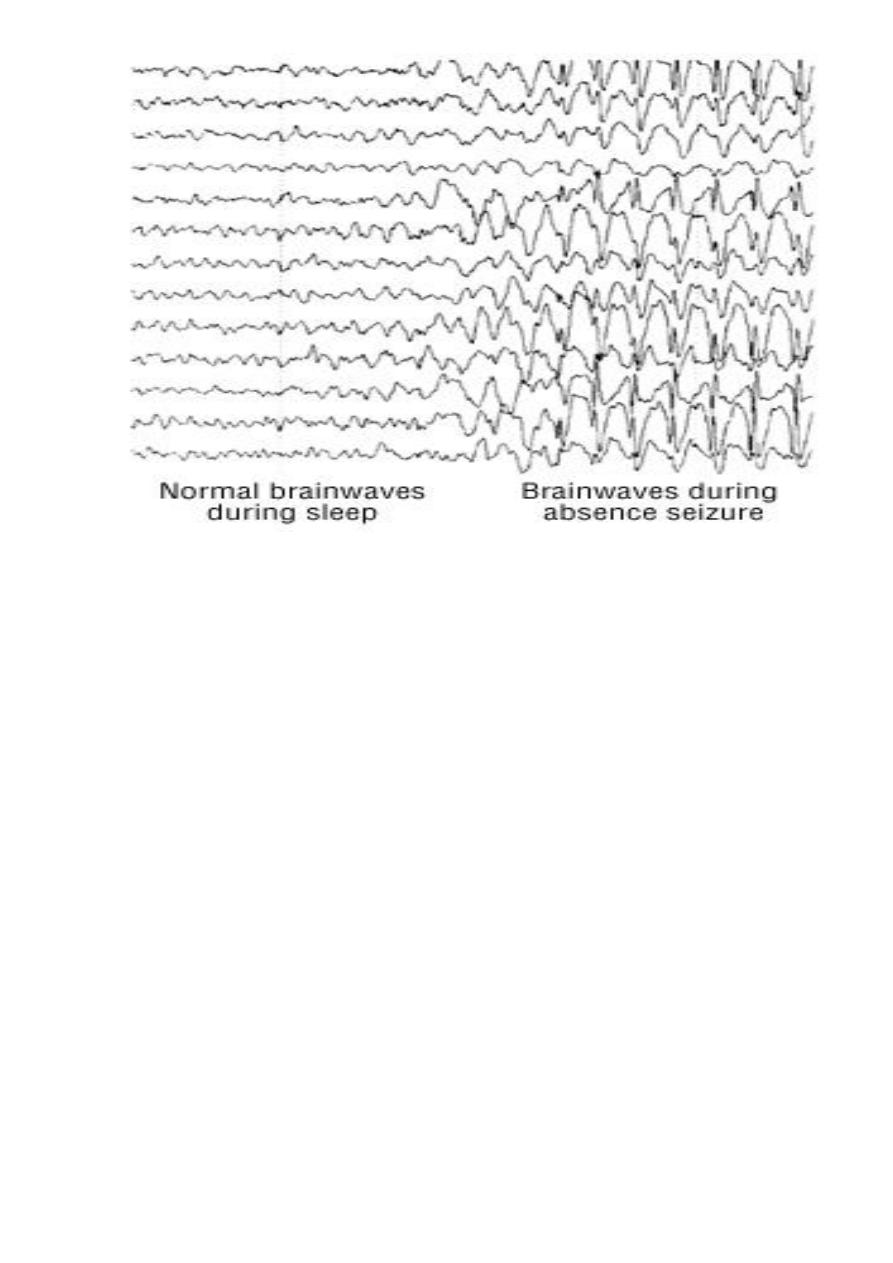
9
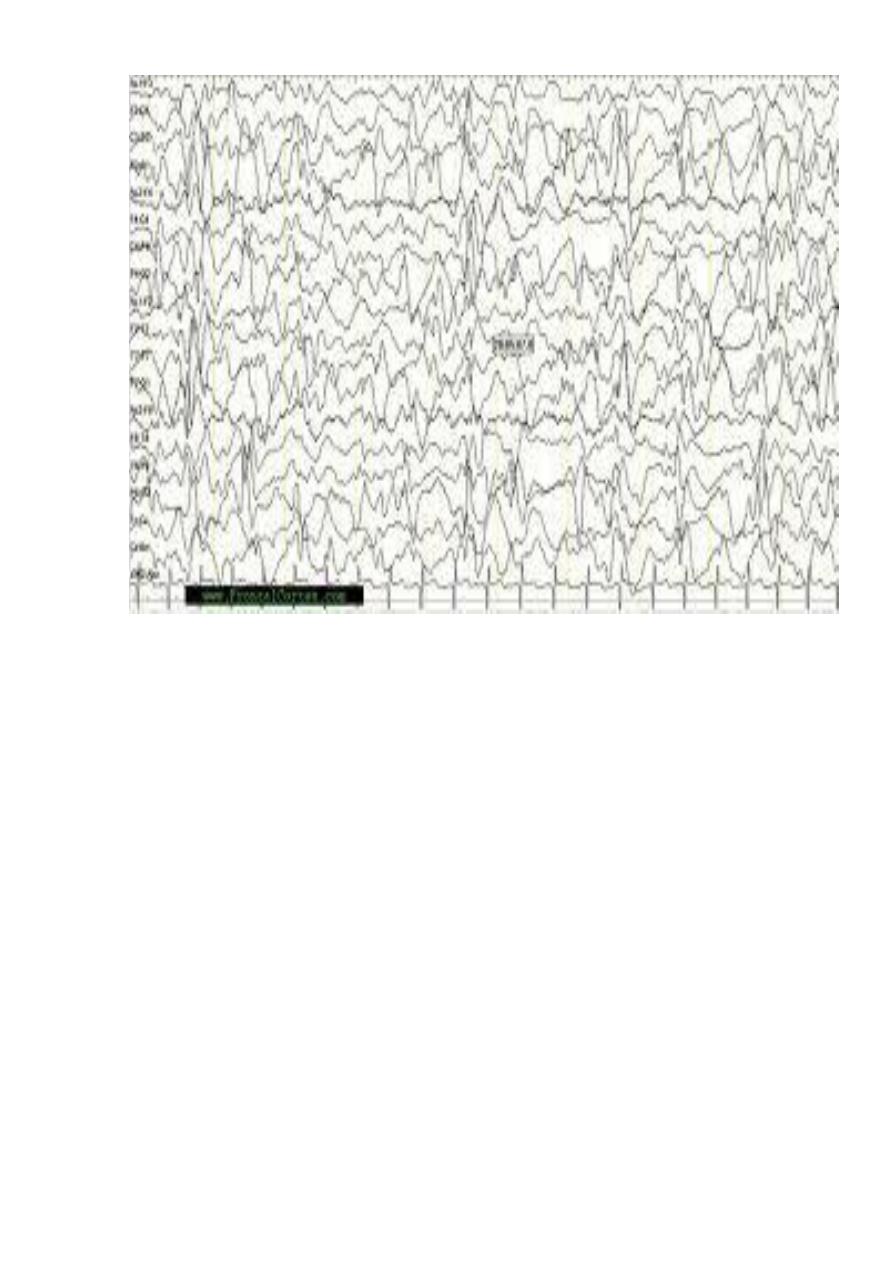
11
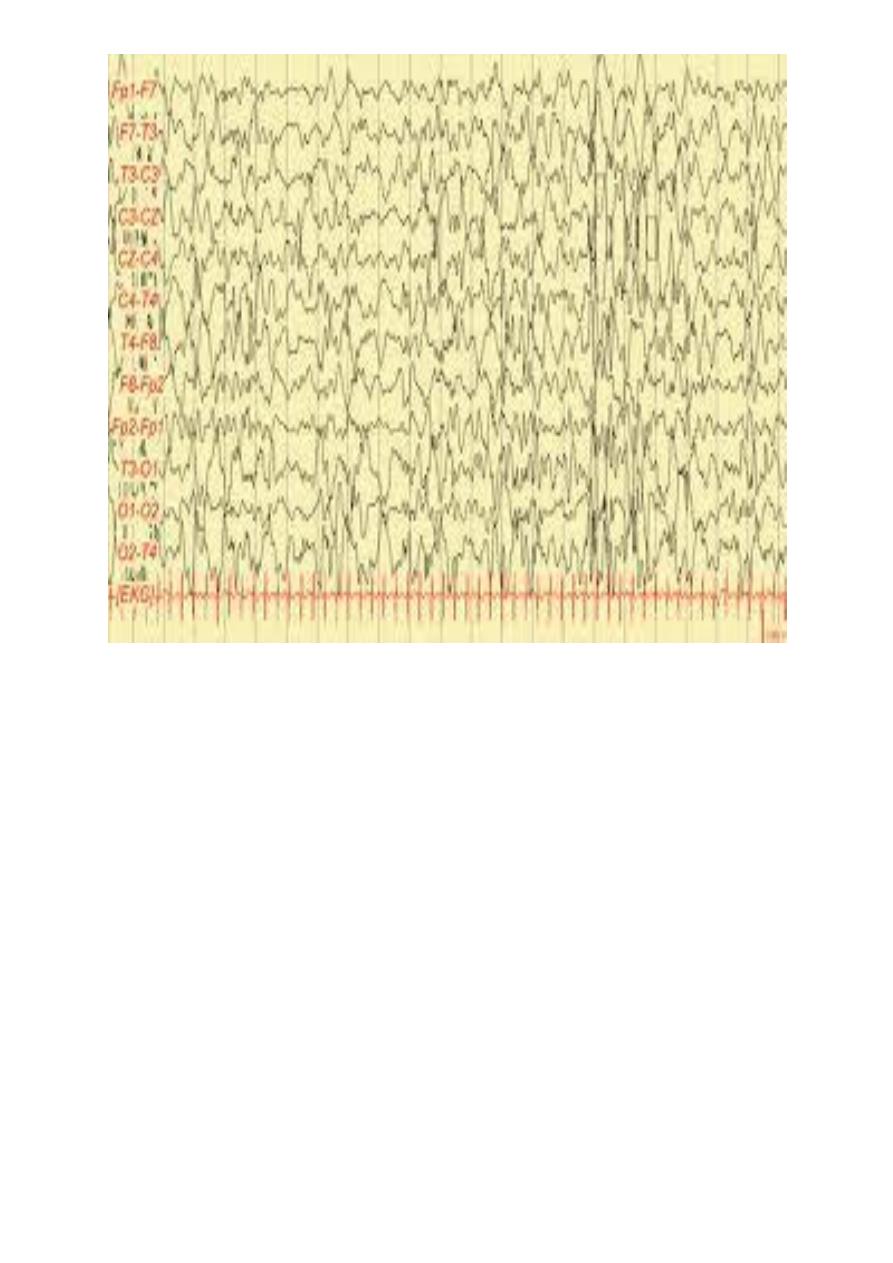
11
